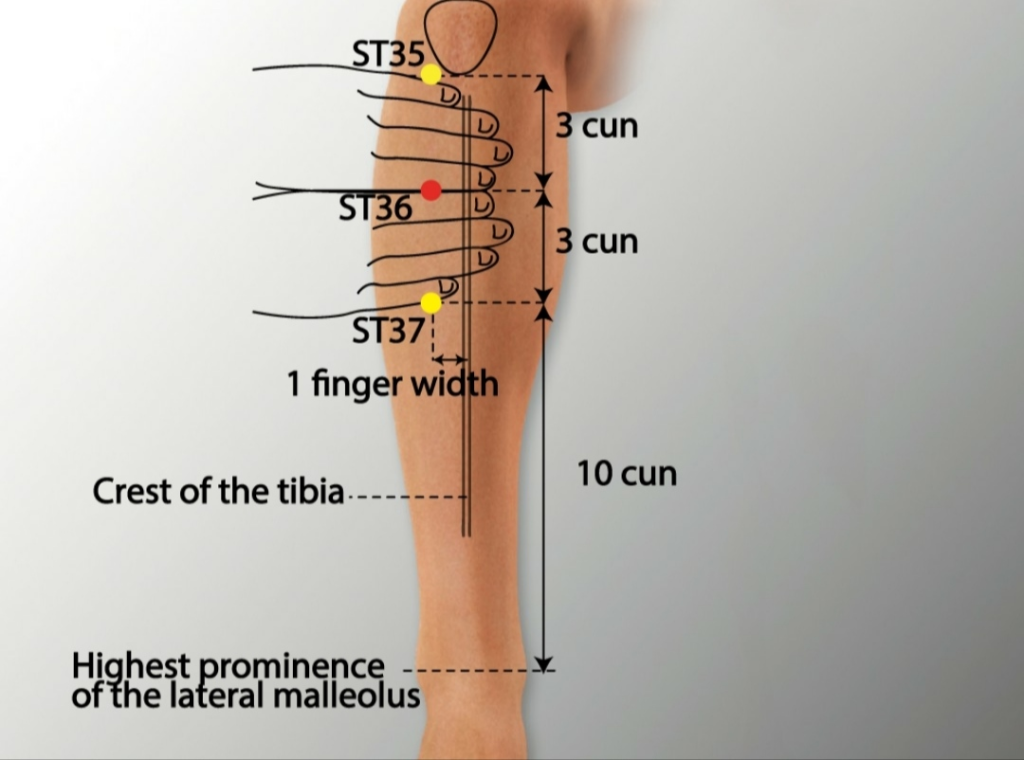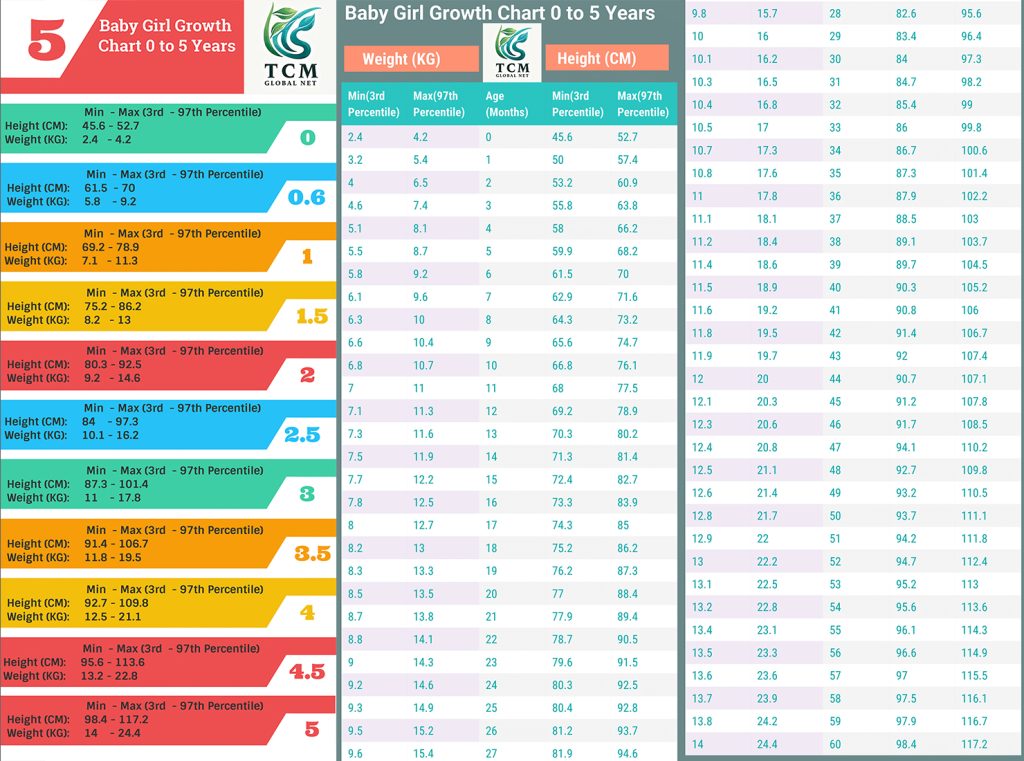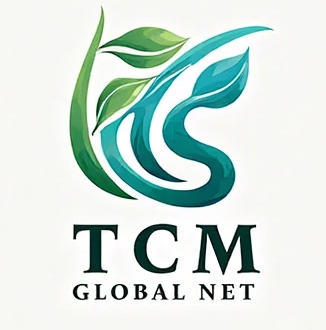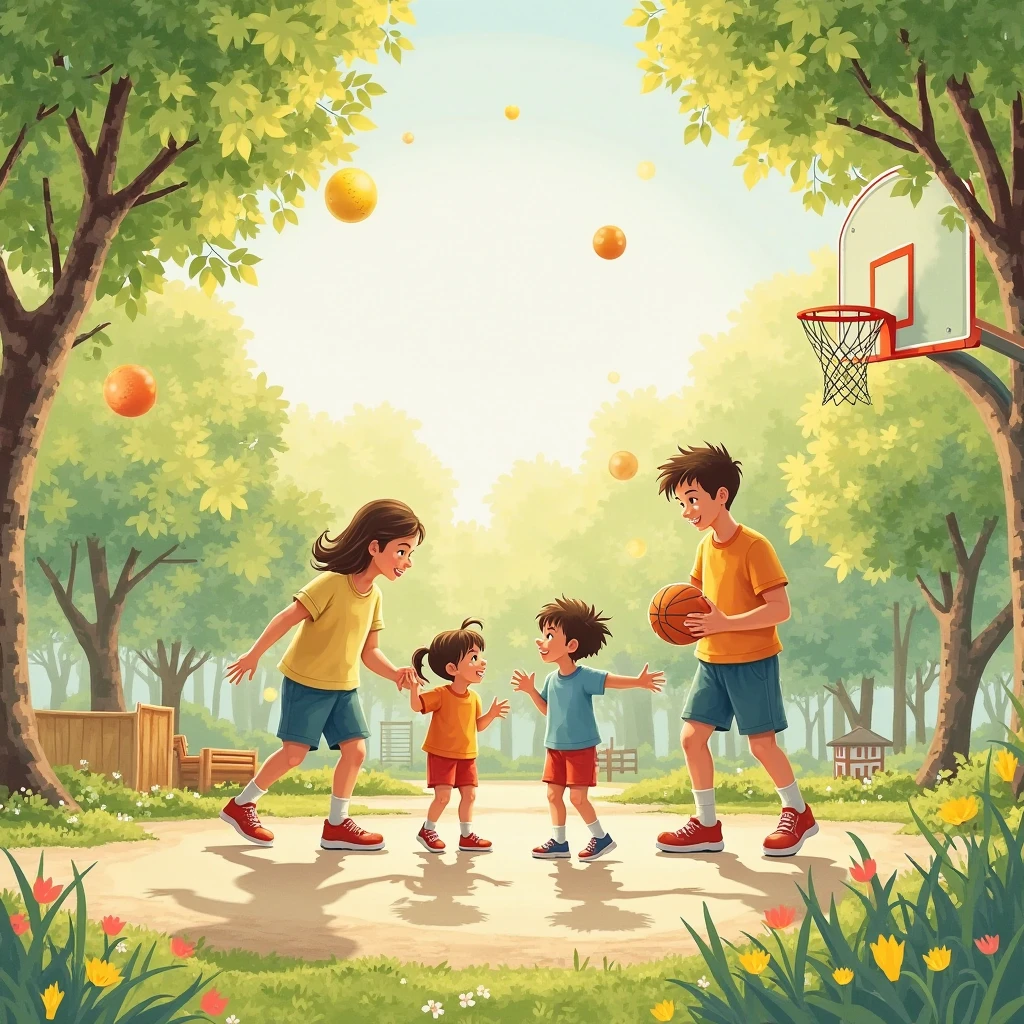I. Controversies and Risks of Growth Hormone
☆Uncertainty of efficacy
- Studies have shown that growth hormone therapy lacks long-term controlled data, that results vary from person to person, and that some children may experience ineffective or excessive growth.
- Case: A 6-year-old child in Guangdong grew 11cm in height after injection, but was frequently sick and returned to health after stopping the drug.
☆Side effects and health risks
- metabolic abnormality: May trigger elevated blood sugar and hypothyroidism.
- Bones and Tumor Risk: Long-term use may lead to femoral head slippage, scoliosis, or even stimulate tumor growth.
1. Growth hormone: not a universal "magic weapon" for height growth
Growth hormone is a protein hormone secreted by the anterior pituitary gland of the human body and plays a pivotal role in our growth and development process.
In terms of physiological mechanism, it promotes growth indirectly by stimulating the production of insulin-like growth factor (IGF1) in tissues such as the liver, etc. IGF1 promotes the proliferation and differentiation of chondrocytes, which leads to longitudinal growth of the bones, and thus achieves an increase in height. During childhood and adolescence, the secretion of growth hormone is characterized by a pulsatile pattern, especially at night during sleep, and its secretion increases significantly, which plays a crucial role in the normal growth and development of children.
In the medical field, for some children with growth retardation due to growth hormone deficiency, Turner's syndrome, and other disorders, doctors will rationalize the use of exogenous growth hormone replacement therapy based on the specific condition.
Under strict medical monitoring, this treatment does help these children improve their growth and bring their height as close to normal as possible.
However, it is important to realize that growth hormone is not an all-purpose "miracle weapon" for height growth.Currently, there are a number of problems with research on growth hormone therapy.
☆ Insufficient cross-reference information
Relevant studies have judged the effectiveness of treatment mainly on the basis of increase in height (compared with no treatment) or improvement in quality of life, but unfortunately, there is a serious lack of control information in this regard. Due to poor study design and small numbers of subjects, the results of studies are often difficult to provide evidence of the effectiveness of growth hormone treatment, and even sometimes exaggerate its efficacy.
☆Effects are difficult to define
For children who do not receive treatment, it is not true that they will not grow at all. In fact, it is difficult to say exactly how much extra height a child has gained as a result of growth hormone treatment. It is also unclear how many extra centimeters of growth hormone injections over a 10-year treatment cycle would be considered effective.
In addition, relevant studies have reported variations in the effectiveness of growth hormone treatment. Different children grow at different rates after treatment, and different treatment regimens have yielded different height growth figures. Simply put, growth hormone treatment does have some effect on some children, but there is a large uncertainty as to how effective it is.
2., the disadvantages of growth hormone should not be underestimated
While growth hormone has been shown to be significantly effective in treating growth disorders in specific cases, the side effects and risks associated with it cannot be ignored.
①. Effects on human glucose metabolism
Long-term use of growth hormone may adversely affect the body's glucose metabolism. Growth hormone raises blood sugar and increases the risk of diabetes. This is because it inhibits the action of insulin and reduces the body's sensitivity to insulin, which in turn leads to abnormal blood sugar regulation. For children who have a family history of diabetes themselves, it is important to closely monitor blood glucose changes when using growth hormone, otherwise it is likely to cause a serious metabolic disorder.
②. Damage to thyroid function
Growth hormone may also cause damage to thyroid function. It inhibits the synthesis and release of thyroid hormones, which can lead to hypothyroidism. Thyroid hormones play a vital role in the body's metabolism, growth and development, and nervous system function. Once thyroid function is suppressed, the child may experience a range of symptoms such as depression, lethargy, loss of appetite, and slow growth, which can have a further negative impact on the child's health and growth.
③. One of the sequelae: growth hormone type pituitary tumor
This is also a problem that requires great attention. This tumor will affect the secretion of growth hormone, leading to an overproduction of growth hormone in the body, which in turn triggers a series of clinical manifestations, such as facial changes (hypertrophy of the nose and lips, wide face), skin changes (loose skin, roughness), limb hypertrophy (enlargement of the fingers, toes, palms of the hands, soles of the feet and other parts of the body) as well as sleep apnea syndrome (due to the proliferation of the muscles in the neck, which often leads to snoring and even sleep apnea), and so on.
In addition to these effects, the use of growth hormones may cause other risks.
For example, adverse reactions such as redness, swelling, pain, and rash may occur at the local injection site; long-term high-dose use may even increase the risk of developing tumors.
Although it has been argued that the common clinical effects of headaches, blood sugar abnormalities, and joint pain do not usually have lifelong effects on children, but are only temporary.But is there any basis to prove it? There is also a lack of data at the moment.
II. Traditional Chinese medicine for growth: a systematic program of massage and diet to regulate the liver, spleen and kidneys
- theoretical foundation
- Chinese medicine believes that "the liver is the master of the tendons, the kidney is the master of the bones, and the spleen is the master of the muscles", and it is necessary to promote the development of bones by strengthening the spleen, tonifying the kidney, and regulating the liver and qi.
- Practical approach
- massage: Chiropractic and moxibustion of the Foot Sanli/Body Pillar points 3-5 times a day to stimulate the meridians and qi and blood.
- toning with a poultice (Chinese medicine): Customized herbal creams to tonify the liver and kidneys, improve weakness and malabsorption.
- Dietary recommendations: Eat more yam, walnuts and other spleen and kidney tonic ingredients, and avoid cold and greasy.
The growth and development of the human body is just like the growth of a tree, and growing taller is just an external appearance that we see.Whether or not we grow strong enough to reach the desired height depends on whether or not our "roots" are deep enough, and whether or not our body's energy reserves are sufficient.
As parents, we must be careful with all so-called "special drugs".
This is because there is often a great deal of uncertainty about the basis for "special drugs".
If the problem is solved by merely "tearing down the east wall and patching up the west wall", the result of this "special effect" is likely to be that the original problem has not been effectively solved, and new problems have been triggered instead.
When it comes to health, one should never blindly pursue "special effects". Just like the story of "pulling up seedlings to help them grow", going against the natural law of development will only lead to regret in the end.
Earlier we elaborated on the side effect manifestations of growth hormone, such as elevated blood sugar, depression, drowsiness, loss of appetite, hypertrophy of the nose and lips, loose skin, roughness, wide face, hypertrophy of the fingers, toes, palms, feet, and other parts of the body, neck muscle hyperplasia, which often causes snoring and even sleep apnea.
Together, these problems point to the fact that the child may have achieved height growth with external forces (growth hormone), but the body's internal functions have not developed to match.
Unlike Western medicine, which intervenes in height through drugs such as growth hormone, TCM has unique theories and methods for pediatric growth.
According to Chinese medicine, the root of children's growth lies in the adequacy of the functions of the liver, spleen and kidneys.
The liver is the master of the tendons, the kidney is the master of the bones, and the spleen is the master of the muscles and limbs. The liver stores blood, the kidney stores essence, and the essence and blood have the same origin and nourish each other. The spleen, as the root of the body, is the source of qi and blood, providing sufficient nutrients for the liver and kidneys. Only when the functions of the liver, spleen and kidneys are coordinated can the normal growth and development of the child's bones and muscles be ensured.
If a child develops Liver-Qi insufficiency, it may affect the normal operation of Qi and Blood, which may in turn lead to growth and developmental delays. Insufficient kidney essence will deprive the bones of nourishment and adversely affect their growth and firmness. Children with a weak spleen and stomach tend to have poor digestion and absorption, and are unable to fully consume the nutrients in food, which can likewise hinder height growth.
3. Chinese Medicine Tips for Growth
Chinese medicine focuses on regulating the liver, spleen and kidneys in promoting children's growth. Through a variety of methods, such as traditional Chinese medicine, massage and diet, it helps children improve the function of their internal organs and promotes the absorption of nutrients, so as to realize the purpose of growing taller.
①. Traditional Chinese Medicine (TCM)
Some herbs that strengthen the spleen and stomach can enhance the child's digestion and absorption ability, so that the child can take in the nutrients in food better;
Chinese herbs that tonify the kidneys and fill in the vital essence then help the development of the bones and provide a solid foundation for the child to grow taller.
However, the use of Chinese medicines needs to be under the guidance of a professional Chinese medicine practitioner to identify and treat the child according to his/her specific constitution and symptoms.
②. Massage
By massaging specific acupoints, such as the foot Sanli, Neiguan, spleen and stomach acupoints, kidney Yu, etc., you can play a role in regulating the meridians and regulating the function of the internal organs and promote the growth and development of children.
Specifically.
Chiropractic:
Squeeze 3-5 times every morning. Chiropractic can stimulate the meridians and acupoints on the back, regulate 臓腑功能, and strengthen the child's physique.
The key points of chiropractic manipulation are here Oh! Feel free to repost!
Moxibustion Foot Sanli:
Foot Sanli, four transverse fingers below the eye of the outer knee and the edge of the tibia, can play a role in regulating the spleen and stomach, tonifying the middle and benefiting the qi, energizing the meridians and activating the collaterals, dispersing the wind and removing the dampness, and supporting the righteousness and dispelling the evil spirits.
Frequency: to the extent that the water out of the wet, moxibustion feel comfortable, can be longer or shorter, 5-15 minutes can be.

Moxibustion of the body pillar points:
Located on the back under the third thoracic vertebrae and belonging to the Directing Vessel, the Body Pillar point is used to promote kidney qi and Yang qi in the upper jiao by moxibustion.
Frequency: to the extent that the water out of the wet, moxibustion feel comfortable, can be longer or shorter, 5-15 minutes can be.

③. Dietary modification
Chinese medicine emphasizes the importance of a proper diet. It is recommended that children consume more foods that have the effect of strengthening the spleen and tonifying the kidneys, such as Chinese yam, Gorgon fruit, walnuts and black sesame.
At the same time, avoid letting your child eat too much cold, greasy and spicy food, so as not to damage the spleen and stomach and affect the absorption of nutrients.
For example, grains and cereals porridge is a good dietary remedy, which is rich in a variety of nutrients and can provide children with sufficient energy.
III. Scientific exercise and living habits
Chinese medicine says that "movement generates yang", and proper exercise can promote the development of yang qi and improve your child's physique. Jumping rope, playing basketball, running, playing shuttlecock and so on are all good ways to exercise, help improve cold hands and feet, lack of spirit, but also help children grow taller.
- Recommended Campaigns
- Bouncing exercises such as jumping rope and basketball can stimulate bone growth, and 30-60 minutes a day is appropriate.
- Avoid weight-bearing exercises such as weight lifting to prevent inhibition of longitudinal growth of long bones.
- Sleep and Mood Management
- Growth hormone secretion peaks at night between 22:00 and 2:00, so it is recommended to go to sleep before 10:00 pm.
- Emotional stress can inhibit growth hormone secretion, and a relaxed family atmosphere is needed.
IV. Height monitoring and medical advice
- Key indicators
- Annual growth <7 cm before 3 years of age and <5 cm before puberty requires medical attention.
- Comparison of Growth Standards for Children Under 5 Years of Age.

- Rational use of growth hormone
- Only for children with non-closed epiphyses and a confirmed diagnosis of growth hormone deficiency requiring rigorous medical evaluation.
Data and Case Support
- growth hormone therapy: A number of children in Beijing and Shanghai have suffered from decreased immunity and joint pain after injection.
- Case of Traditional Chinese Medicine Conditioning: A Chinese medicine hospital in Henan Province has seen an average annual growth of 5-8cm in children aged 3-14 years old through poultices + tuina.
- movement effect: Scientific exercise can enhance pubertal height growth by 10%-15%, according to the National Health Council.
concluding remarks
Height is a result of both genetics and nurture, so parents need to avoid the "hormone-only theory". Through the overall management of Chinese medicine, scientific exercise and regular work and rest, under the premise of protecting the health of children to stimulate the potential for growth. If an abnormality is detected, timely medical attention should be sought rather than blind intervention!
(Note: The cases and data in this article come from authoritative medical literature and clinical practice, and specific diagnosis and treatment should be guided by professional physicians.)


Leave a Reply